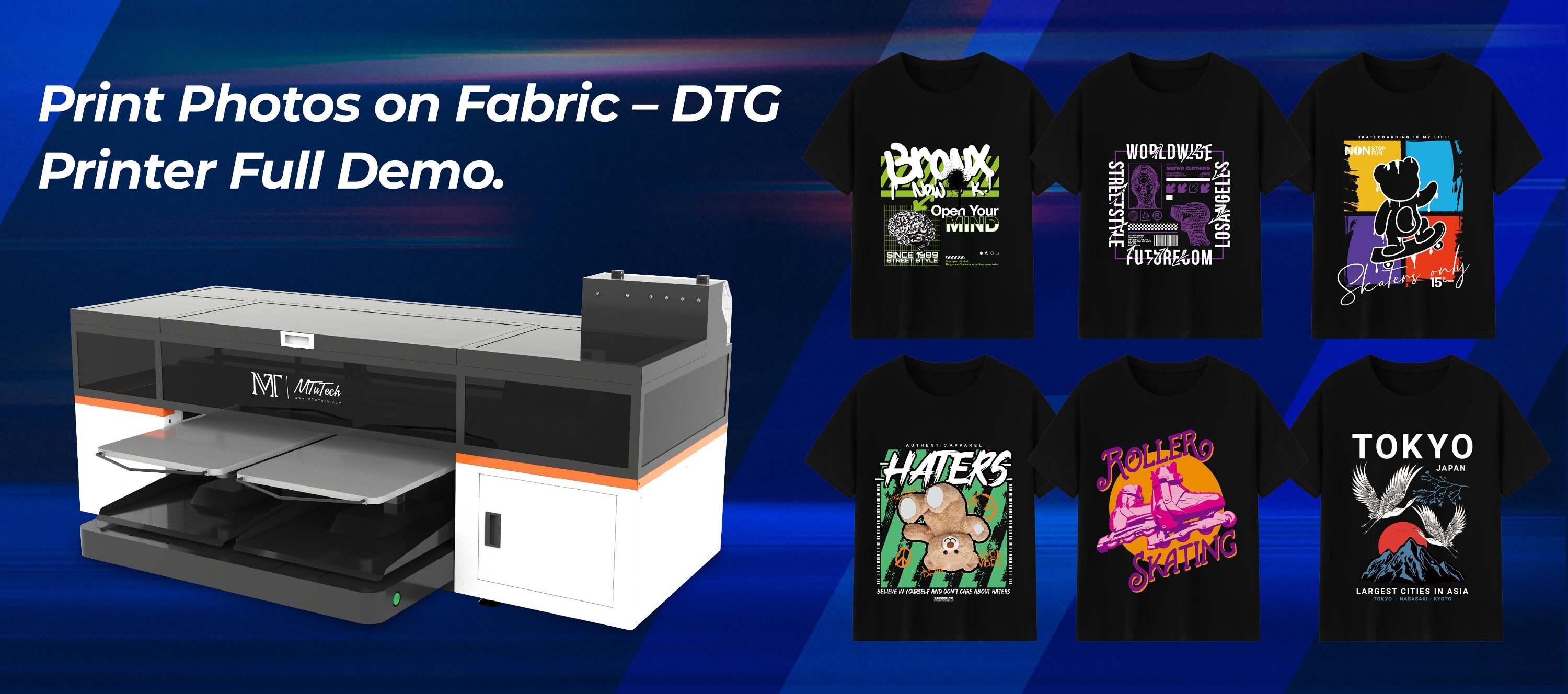In the world of fashion and textiles, many subsystems must work in harmony to create high-quality and long-lasting prints. One key step that often gets overlooked is garment pretreatment in the direct-to-garment (DTG) printing process. Without this, the quality, vibrancy, and durability of prints on textile products would severely suffer. But what exactly is garment pretreatment, and why is it so important in DTG? Keep reading to find out.
Introduction
DTG is a method of printing graphics onto textiles and garments using specialized or adapted inkjet technology. This process delivers incredibly detailed designs with a broad range of color options. However, to achieve this level of detail and color precision, each garment must be properly pretreated. This vital step prepares the fabric's surface to receive and hold the ink properly, ensuring maximum visual impact and long-term durability.
Benefits of Garment Pretreatment in DTG
While the whole process is beneficial for both the garment and the end consumer, there are specific advantages to garment pretreatment in DTG that make it indispensable.
Enhanced Print Quality
Garment pretreatment helps in creating a smooth and consistent surface, which assists in securing ink to fibers, enhancing resolution, color vibrancy, and overall print quality.
Increased Wash Fastness
Without pretreatment, fabric won't hold ink effectively, leading to fading with washes. Pretreatment creates a bond between the ink and fabric, resulting in increased wash fastness. This ensures longevity in the garment's visual appeal.
Effective White Ink Printing
Garment pretreatment is especially critical when using white ink because it allows the white ink to form a solid base on darker fabrics. The other colors are then applied on this base, causing them to pop as opposed to sinking into the garment.
Features of Garment pretreatment in DTG
The pretreatment process consists of applying a solution to the garment before printing. This solution typically consists of ingredients that promote enhanced adhesion of ink to the fibers, regulate ink absorption, and improve wash durability. You can either apply it manually using a spray gun or use a pretreatment machine for consistent results.
While the primary role of pretreatment is to prepare the fabric for successful printing, here's a snapshot of other essential features:
Pretreatments are usually translucent and do not alter the garment’s original color.
Once a garment is pretreated and dried, it's ready for printing immediately and can be stored for later use.
Specific machines help to automate the pretreatment process, guaranteeing an even application and saving time.
Conclusion
Garment pretreatment is a critical stage in the DTG printing process. It aids in ensuring the vibrancy, the longevity, and the overall quality of the printed graphic on the garment. It's a crux process that calls for an understanding of different fabrics, inks, and how each interacts with each other. The aim is to always ensure the perfect balance for striking prints that endure the test of time.
Direct-to-garment printing is not just about buying the best equipment but also knowing how to use each piece in a way to achieve the best results. At a stage where precision matters the most, it's only wise to consider the best DTG printers that the market has to offer. Explore our high-quality DTG printers here and see your designs come to life vividly and vividly.
FAQ section
Why do I need to pretreat my garments before DTG printing?
Pretreatment prepares the fabric to receive and tightly hold the ink, ensuring the vibrant reproduction of your design. It also enhances the print's durability against regular wear and washing
Can I print DTG without pretreatment?
It is possible, however, the print quality may be poor, and the ink may not stick well to the garment, resulting in a dull and less durable final product.
Does pretreatment depend on the type of fabric?
Yes. Different fabrics require different pretreatments. For example, cotton often needs a seemingly heavier amount of pretreatment than polyester because it absorbs more ink.
Does pretreatment affect the feel of the finished garment?
A proper pretreatment should not alter the hand-feel of the fabric significantly. If done correctly, it should be almost imperceptible in the finished garment.

